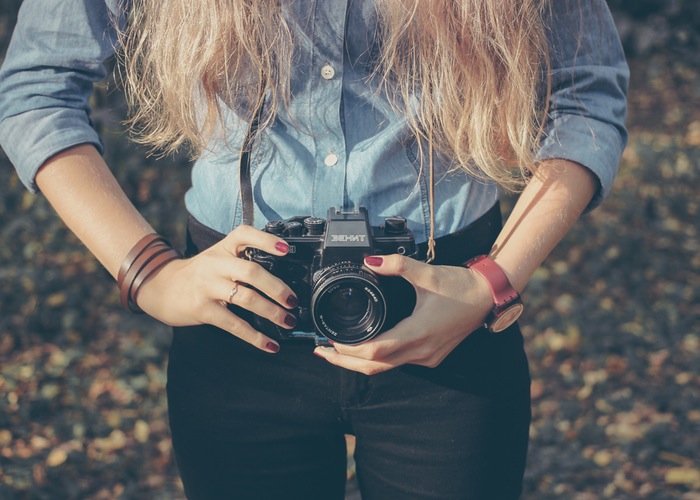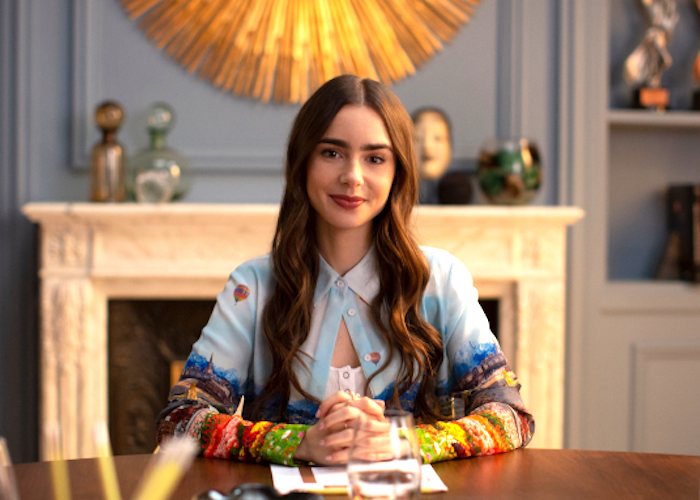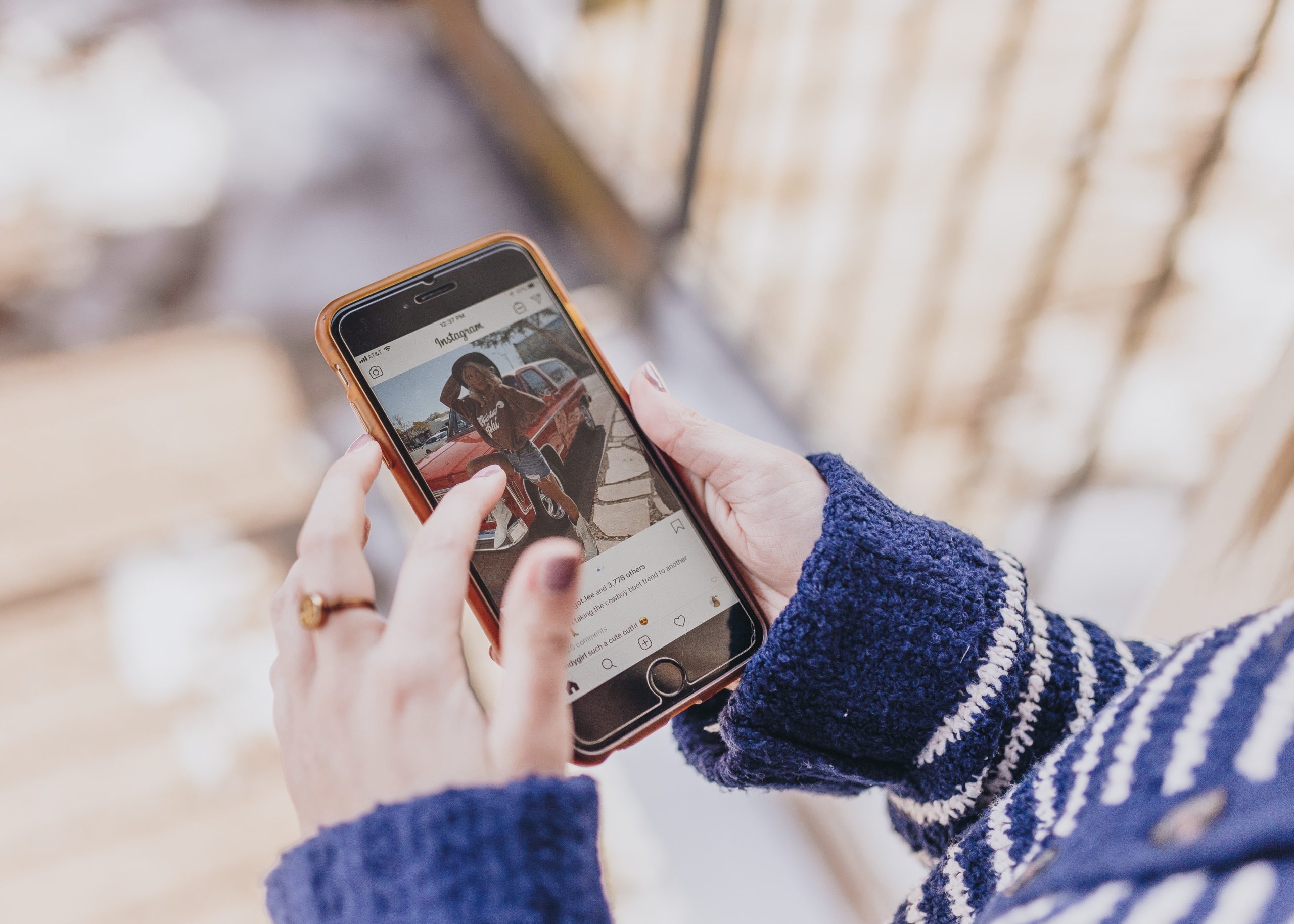6 Simple Photography Solutions That Will Bring Your Food Pics To The Next Level
If you ask any food blogger, what the biggest factor in the success of their blog is, I’m almost positive they’d tell you it’s the photography. People are visual creatures, the Internet is a visual place and when it comes to food, it’s the photos that draw people in.
I can tell you first hand, that a year ago when I started teaching myself about food photography and taking the time to take better pictures for my blog, my traffic grew. A lot. A year ago, my first photo was accepted on Foodgawker, and looking back at that image, I see how far my work has come. A year later, I am posting thoughtfully composed photos lit to bring out the colors and textures of my food.
So, I wanted to share the most valuable investments, that I’ve made in my photography that have really moved the needle in terms of blog growth. Some of these tips are geared toward people starting a blog, while others can help your daily foodgram.
Here are six food photography resources I use on the daily:
1. Quality backdrops
One of the most valuable investments that has helped me develop the look and feel of my photos, and by extension, my blog, has been quality wooden photo backdrops. I’d love to say that I’m handy enough to have crafted them myself, but alas, my city apartment isn’t conducive to woodwork.
Cue: Erickson Wood Works. I first discovered these guys on Etsy when I was working on a photo project for Bai (which is where I work full-time). Their boards are so gorgeous. They custom make each one and you can chose two sides per board. I have mine setup on a table next to a window that gives me plenty of beautiful, natural light. I recently connected with Ginny, one of the artists, and she kindly agreed to offer a 10% discount on all her products, all you have to do is enter the code “LONGRUNNER.”
2. A DSLR camera
Surprise! I couldn’t really make this list without including my trusty DSLR (digital single lens reflex) camera. It’s the single most important investment you can make in your photography when you’re ready to take it to the next level. That said, I don’t think it’s necessary if you’re looking to only use your food photography for social media. But, for bloggers, I think it’s a must. The camera I use is a Nikon D3100, which has been an awesome first DSLR to learn on. (The Canon equivalent is the Rebel T3i.) It’s lightweight, easy to pack and easy to use.
I’ve had my camera since 2013, but didn’t start shooting in manual until last summer and it shows. While auto mode is great when you’re on-the-go and taking family vacation photos, if you’re looking to really take the driver’s seat and capture the full beauty of whatever your subject is, you’ll need to learn how to control the light using your camera’s aperture, shutter speed, and ISO.
3. A plethora of props
Probably one of my favorite aspects of setting up a shot is figuring out what props I’ll use to highlight and craft the story for the dish. For me, composition is one of the most challenging elements of photography, especially food photography. I personally prefer a minimalist style as many of my recipes are simple to begin with, however I love a couple choice props and pieces of dish-ware that can help the food stand out.
A couple of my go-to places to shop for props are Christmas Tree Shops, Home Goods, Target and Sur la Table, all of which are fairly inexpensive. Some of my favorite props include: wooden spoons, white linen napkins, brown parchment paper, a marble slab, mason jars (they’re so versatile), a well-loved baking tray and fun paper straws.
My rule of thumb for props: is this prop helping to tell the story of the recipe, or the food itself? Does it help create a dynamic inviting photo? If it doesn’t satisfy either of those questions, then I leave it out.
4. Lots of research
If you’re a self taught photographer, like myself, it’s important to do your research, which will make subsequent shoots and practicing much more enjoyable because you’ll be trying things you learned, rather than tinkering and potentially becoming frustrated.
Some of my favorite photography resources (links and books) are:
Plate to Pixel: This book is pretty much my bible and I’m sure the bible of many self-taught food photographers. It starts with the basics of how to use your DSLR then covers lighting, composition, food styling and so much more.
Food Photography Basics: Sally’s Baking Addiction
DSLR Basics: Kevin & Amanda
Photography Tutorials: Gimme Some Oven
5. Photoshop and editing apps
If you want to get serious about photography, Photoshop is worth every penny. I scored big by buying the Adobe Suite as a student, but I’d buy it full price if I had to because I use it every single day. Photoshop is also a fantastic tool for creating custom graphics for your recipes and blog which is a huge part of establishing and building the look and feel of your brand. It has a bit of a learning curve, but it’s also, dare I say, fantastically fun!
If you’re looking for good editing apps, my go-tos are Snapseed, VSCOcam, Afterlight & PicTapGo.
6. Time & perseverance
These aren’t technically things you can buy or research but they’re certainly resources you’ll need if you want to step up your game. Time is probably one of the most valuable resources you have, but you have to make time. It doesn’t just fall on your lap magically. Before I shoot I take the time to prepare what I want the photo to look like, then I carve out my weekend mornings for shooting to get the best light. The best photos come from the times I had a strong vision of what I wanted and wasn’t rushed. But that’s not always the case. There are plenty of times I’ve had an amazing plan in my head and it just falls flat or I’m rushing to get too much done and the composition and styling isn’t given the attention it needed. However, I try to learn and improve on every shoot.
I believe the mark of a good creative is to be critical of your own work and constantly aim to improve, but this can be exhausting. One week, I’ll be really proud of how a photo came out, and the next week I’ll look back and wonder what the heck I was thinking. Perseverance isn’t the easiest thing in the world, but it’s such a crucial resource when you’re trying to learn and grow.





